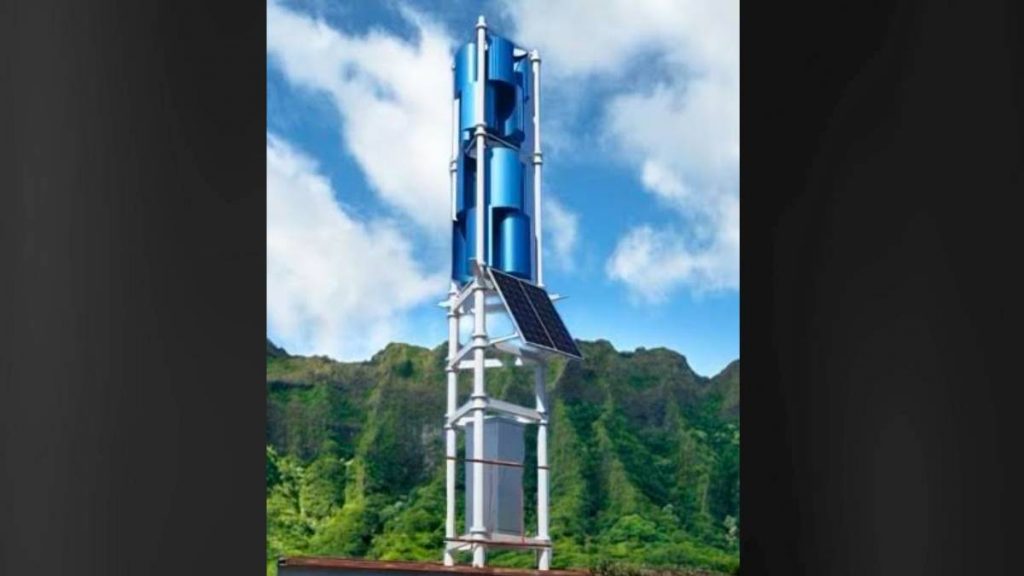
A Hawaii-based startup with ties to Japan is bringing cutting-edge Japanese clean energy technology to Kakaako Makai in Honolulu, operating one of its own wind turbines for research and demonstration purposes to study its feasibility on the islands.
Kanoa Winds has partnered with the Hawaii Community Development Authority (HCDA) to gain access to the HCDA Entrepreneur Sandbox to install a 0.5-kilowatt vertical coaxial counter-rotating twin-blade (VCCT) wind turbine, according to an announcement from the HCDA.
“These compact vertical turbines have been used effectively in densely populated areas throughout Japan,” said HCDA Executive Director Craig Nakamoto. “We are excited to work with Kanoa Winds to test the small but powerful capabilities of this technology to harness the power of the wind as a new option for Hawaii's clean energy future.”
VCCT wind turbines were developed to deliver safe, clean wind power and have been used effectively in Japan for over 15 years, near transportation hubs, alongside industrial facilities and in mixed residential communities.
“Birds are known to nest on Japan's VCCT wind turbines, proving the safety and coexistence of birds and VCCT technology,” explains Kanoa Winds founder and CEO Takeya Kaname, who is originally from Japan. “The prestigious Japan Hawk and Hawk Center has endorsed the technology for its safety and reliability with minimal impact on the environment.”
One of the key features of the VCCT is that it can generate electricity over a much wider range of wind speeds than traditional horizontal axis wind turbines, such as those installed in the West Maui Mountains. The VCCT can operate in wind speeds of about 7 to 134 miles per hour. In contrast, traditional horizontal axis wind turbines typically stop generating electricity at wind speeds of about 44 miles per hour.
Kanoa Winds will install the 0.5-kilowatt VCCT unit near the Hawaii Technology Development Corporation's Entrepreneurial Sandbox to conduct detailed studies of the technology (wind power generation, equipment loads, stability testing, safety assessments, wildlife impacts and environmental assessments). It will be shorter than a streetlight and installed within a footprint of approximately 24 square feet.

